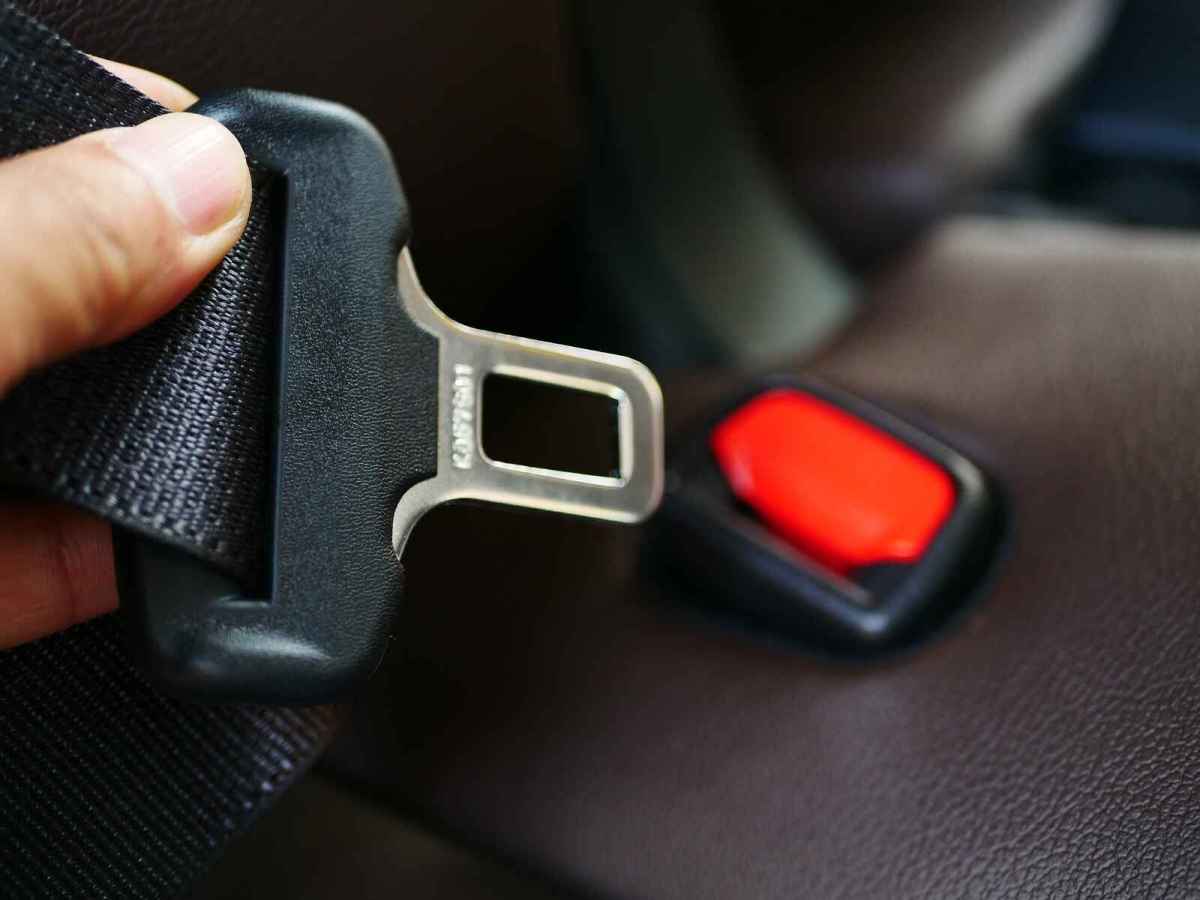And you might be surprised to learn that the two states with the lowest seat belt usage are New Hampshire and South Dakota. Despite the well-established evidence that seat belts save lives and prevent serious injuries, these two states have consistently shown low seat belt usage rates.
New Hampshire is known for its “Live Free or Die” motto, and it is the only state in the country that does not have a mandatory seat belt law for adults. While there is a law requiring seat belts for children under 18, adults are not required to wear them. This lack of a mandatory seat belt law has led to a seat belt usage rate of only 70%, which is significantly lower than the national average of 90%. This means that nearly 30% of adults in New Hampshire are taking unnecessary risks by not wearing their seat belts.
Similarly, South Dakota also has a low seat belt usage rate, with only 73% of adults wearing their seat belts. Like New Hampshire, South Dakota does not have a primary seat belt law for adults, meaning that law enforcement can only issue citations for seat belt violations if they have pulled a driver over for another offense. This lack of a strong enforcement mechanism has contributed to a culture of non-compliance with seat belt laws in the state.
So why are these two states lagging behind in seat belt usage? One possible explanation is the influence of libertarian and individualist ideologies in both states. New Hampshire, in particular, has a strong libertarian tradition, and many residents are wary of government intervention in personal choices. Similarly, South Dakota has a long history of individualism and a strong anti-authoritarian streak. These cultural factors may contribute to a reluctance to comply with seat belt laws, as some residents may see it as an infringement on their personal freedom.
Another factor that may be contributing to low seat belt usage in these states is the lack of strong enforcement of seat belt laws. Without the threat of citations and fines, some drivers may feel emboldened to ignore seat belt regulations. In addition, there may be a lack of public awareness campaigns and educational efforts to promote the importance of wearing seat belts. Without sufficient education and outreach, some residents may not fully understand the potentially life-saving benefits of seat belts.
It is important to note that low seat belt usage rates can have serious consequences. According to the National Highway Traffic Safety Administration, seat belts saved an estimated 14,955 lives in 2017 alone. In addition, seat belts have been shown to reduce the risk of serious injury in car accidents by 50%. By not wearing seat belts, individuals are putting themselves at unnecessary risk of injury or death in the event of a collision.
To address this issue, both New Hampshire and South Dakota may need to consider implementing stronger seat belt laws and enforcement mechanisms. By making seat belt usage a primary law and increasing the visibility of law enforcement efforts, both states could potentially improve seat belt compliance rates. In addition, public education campaigns could help to raise awareness about the importance of wearing seat belts and dispel any misconceptions about their effectiveness.
In conclusion, while it may be surprising to learn that New Hampshire and South Dakota have the lowest seat belt usage rates in the country, there are clear cultural and enforcement factors at play. To improve seat belt compliance and ultimately save lives, these states may need to consider strengthening their seat belt laws and increasing public education efforts. After all, the safety of their residents should be a top priority.
